The Sahel region of Africa is on the frontline of the climate crisis. The Great Green Wall initiative aims to restore landscapes to improve security in the region.
The Great Green Wall (GGW) initiative was launched by the African Union in 2007. It’s based in the Sahel, a semi-arid region running the width of Africa, from Senegal in the west to Djibouti in the east. The area is experiencing extreme desertification and droughts – leading to food insecurity and water shortages – which have exacerbated migration and conflict.
The region is a stark example of how the climate crisis contributes to conflict – particularly around Lake Chad, which has shrunk by more than 90% since the 1960s. As people moved closer together, competition grew over water and land. These tensions – alongside other issues – were taken advantage of by extremist groups such as Boko Haram.
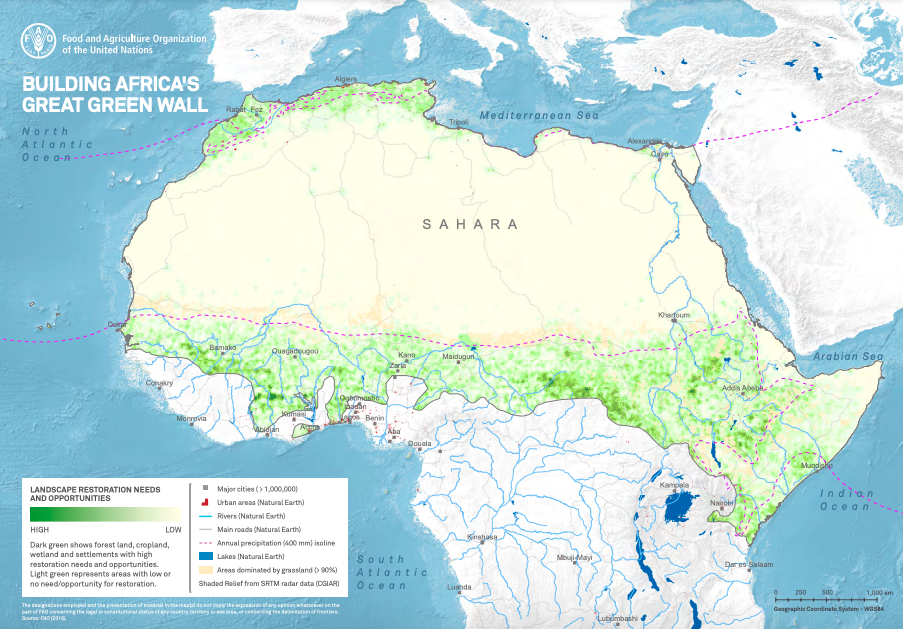
The Great Green Wall: A mosaic of projects
The GGW started life as a tree-planting project – the aim was to plant a ‘wall’ of trees across the Sahel. However, after a reassessment of the strategy, tree planting was deemed too simplistic and not always appropriate for the region – reforestation only works to increase biodiversity when it’s done in places trees naturally occur.
The GGW is now more of a metaphor – the 8,000km ‘wall’ is now a mosaic of projects, collectively aiming to restore 100 million hectares of land, sequester 250 million tonnes of carbon and create 10 million ‘green’ jobs by 2030.
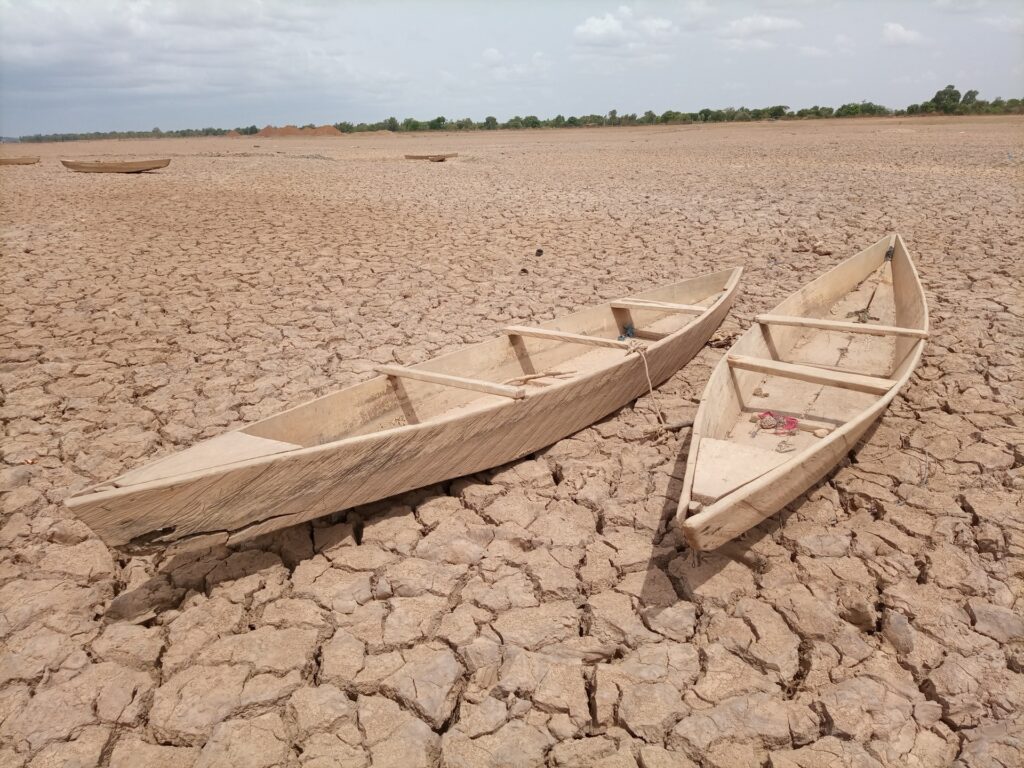
As well as reforestation, the projects focus on sustainable management of the land, water retention and the empowerment of disenfranchised groups of people through conservation-based business opportunities – for example, selling natural products that require healthy ecosystems to grow.
The benefits of land restoration for the region include:
- More fertile land, alleviating hunger.
- Jobs for a very young, fast-growing population.
- Climate resilience – temperatures are rising in the Sahel faster than anywhere else.
It’s also hoped that land restoration will bring some stability back to the region.
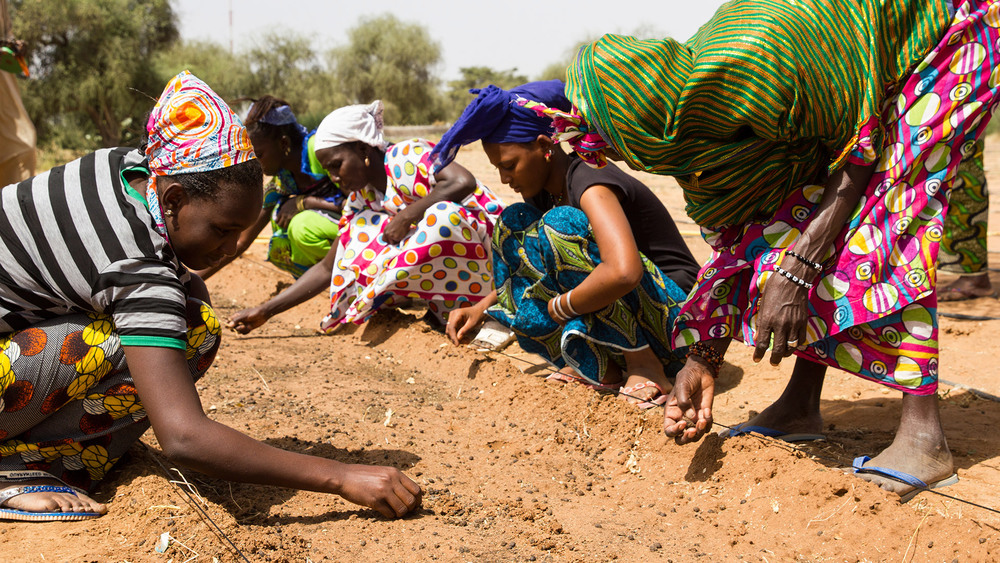
Restoration achievements
In Senegal, 12 million drought-resistant trees have been planted.
Five million hectares of land have been restored in Niger, which results in an extra 500,000 tonnes of grain each year – enough for 2.5 million people.
In Burkina Faso, three million hectares of land have been rehabilitated using a local practice called zaï – a technique where pits are dug and filled with compost in the dry season, and seeds are then planted after the first rains. The pits capture rain and surface water and concentrate the compost nutrients.
The GGW is also encouraging countries to buy Sahelian produce – baobab fruit, moringa oil and shea butter, for example – so small-scale farmers can make money from protecting the land.
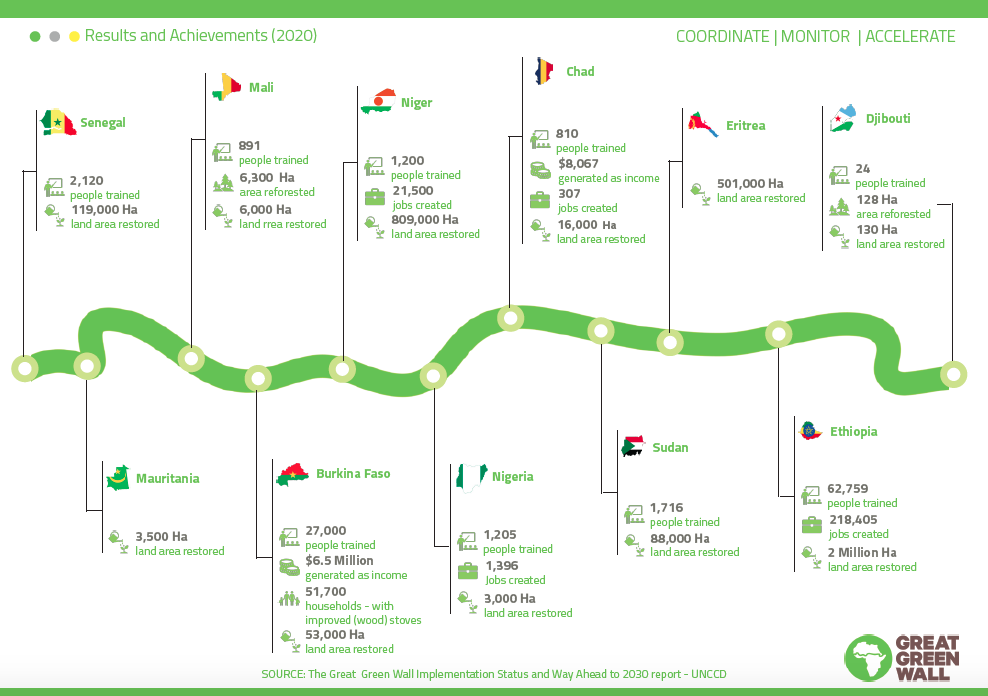
A long way to go
The project is ambitious and meeting its 2030 target will be a stretch – only around 4% of the 100 million-hectare restoration target had been met by 2020. Billions more dollars in funding are required and many of the countries in the Sahel are struggling with serious, complex conflicts.
But the climate crisis requires ambitious solutions.
There are ideas as to how the GGW can achieve its goals more easily – for example, using a single trust fund that all donors can contribute to and for more collaborative decision-making as to priorities. Experts have called for researchers to be more involved in the initiative, too.
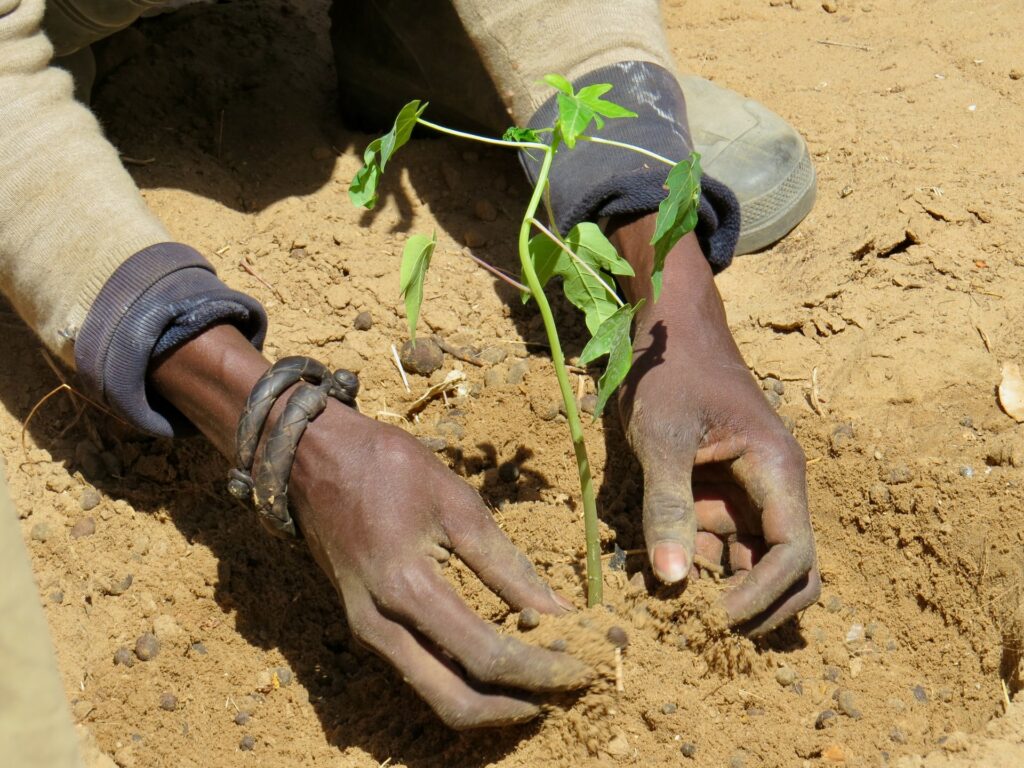
The good news
Even if the 2030 targets are still some way off, the GGW initiative has reportedly:
- Restored nearly 18 million hectares of land.
- Created more than 350,000 jobs.
- Trained more than 220,000 people in sustainable industries.
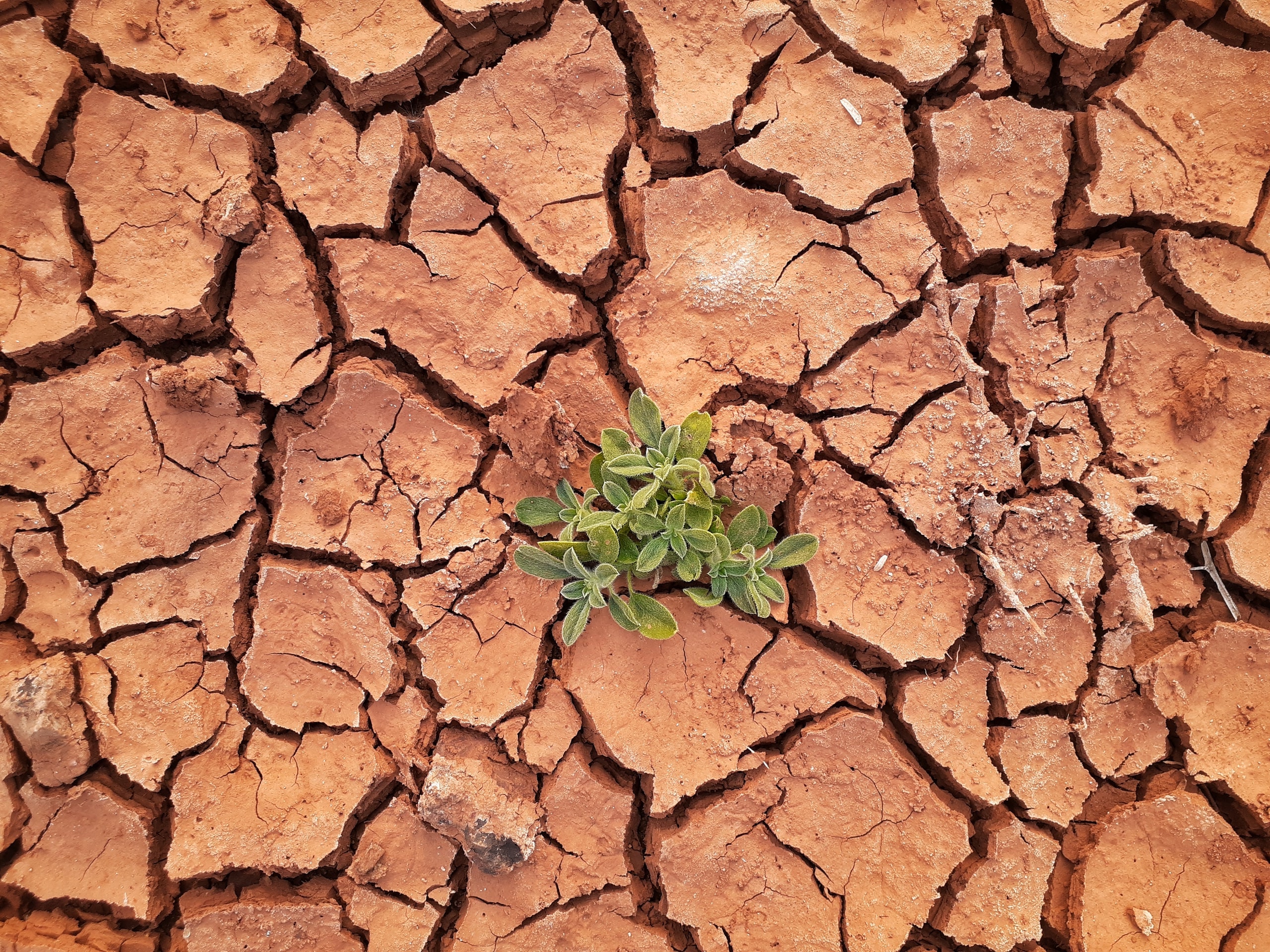
As we aim to scale up climate crisis mitigation projects, other large, multi-country initiatives can learn from the GGW’s successes and failures. By doing so, they can make much quicker progress in combatting climate change.
Sources
Great Green Wall
The Great Green Wall press kit
UN Convention to Combat Desertification, Great Green Wall
UN Convention to Combat Desertification, The Great Green Wall Implementation Status and Way Ahead to 2030
